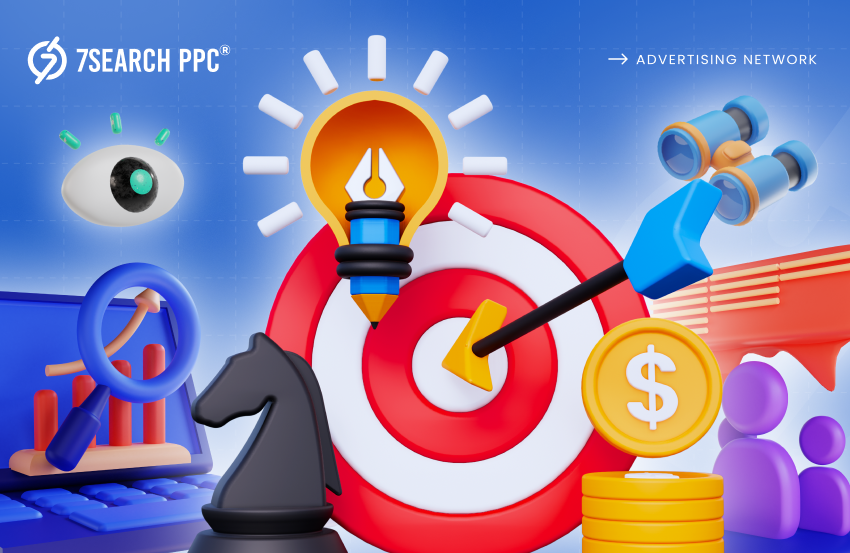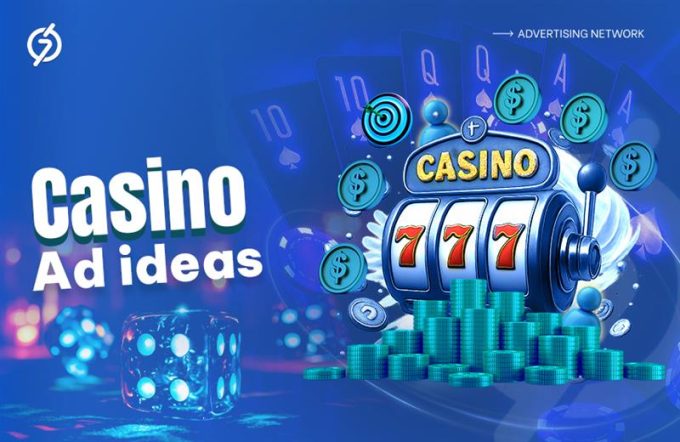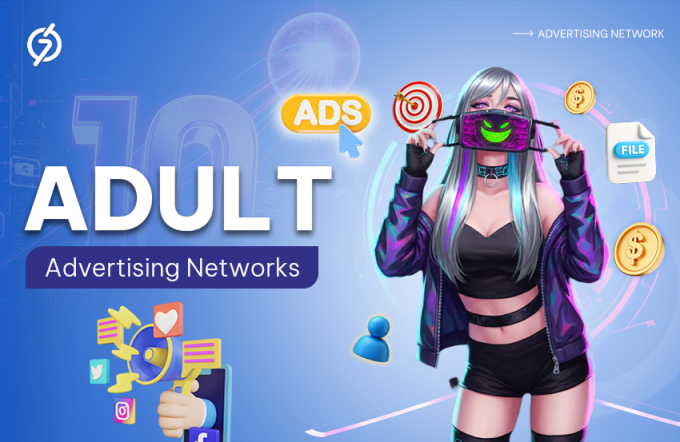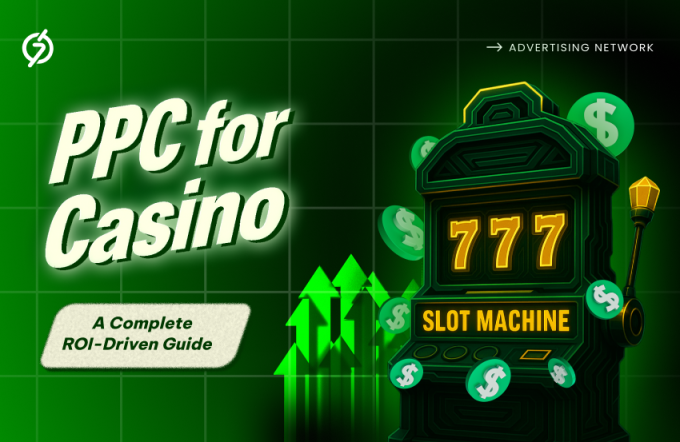Do you know the secret behind the fame and recognition of the biggest brands? Something that has allowed them to reach the correct audience, establish a strong online presence, and gain even stronger ROIs. It’s none other than strategic advertising.
You could be spending bucks after bucks, but results will be nil until you carefully map out strategies before applying them. The pros and cons, visibility, and conversions differ with each strategy, and your job is to figure out the best one.
So, if you’re someone who wants to get their brand on top, strategizing your advertising is the way to go. But is it as simple as it looks? Well, it could be if you have the correct information in your hands. With this blog, we’ll tell you what strategic advertising is, the multiple advertising models you can use, and, ultimately, the winning combination.
Understanding the Core of Strategic Advertising
Picture two scenarios. One is where you applied the hit-and-trial method and implemented the most popular advertising model. The strategy worked for a while, but then it all went downhill.
You have no idea what exactly went wrong. In another scenario, you took some time to actually study the market and then implemented advertising models that best suited your business. The result was better returns, which only kept on improving as time went by.
When it comes to strategic advertising, the second scenario is what we’re going after. It involves long and short-term planning on the part of the brand to reach its target audience, achieve brand awareness, and increase its sales. Think of your advertising strategy as a roadmap that businesses use to convey their messaging using the right channels. It guides rapid decision-making, helping you avoid wasting time and resources.
How Strategy Shapes Your Advertising
Having a strategy can shape your advertising in multiple different ways. Here’s everything you can get out of it:
- A better understanding of the needs and preferences of your target audience
- Find blank spaces in the market where you can launch your products and make your mark
- Sets a steady direction by fixing appropriate SMART goals
- Achieve a variety of advertising objectives that align with your overall business objectives
- Syncs you in with your potential audience by making them a priority
- Optimize campaigns according to your past performance
All of these, when combined, result in a top-notch advertising plan for your business.
Methods that Drive Strategic Advertising
Strategic advertising is driven by plenty of advertising models that cater to the different needs of the advertisers. Depending on the stage of business you are at, your goals, and your budget, you can decide which of the following strategies to opt for.
PPC Advertising
PPC advertising is the quickest and most effective strategy, and all advertisers turn to it at least once. For some, it’s the first choice. And for others, it’s the final one after none of the other strategies have worked out. Whatever it is for you, PPC definitely has a lot of advantages when done right.
PPC, or pay-per-click advertising, is an advertising model that is concerned with delivering the right ads to the right audience at the right time. As an advertiser, you create advertising campaigns and pay for every click, view, or conversion that your ad gets.
It works on a bidding system where you bid on keywords to place your ads higher in the search results or on premium websites. If you win the auction, the ad space is yours to advertise.
One of the biggest perks of PPC advertising is that you get to target your ads based on audience demographics, online behavior, and locations. This maximizes the chances of your ad reaching the audience who are most likely to buy from you.
Who is this strategy best for?
This strategy is best for advertisers who want to earn instant visibility and conversions among their targeted traffic.
Social Media Advertising
The power of social media is hidden to no one. Brands thrive on it once they find their audience and form a direct connection with them. From then on, it’s continued conversions one after the other.
Social media advertising is similar to PPC in a lot of aspects. It works on the same bidding and targeting structure, except that you run paid ads on social media platforms like TikTok, Facebook, Instagram, X, etc. It’s a go-to strategic advertising method for many brands who wish to reach people in their social time. They don’t just promote here; they entertain, too.
According to reports by Statista, there are almost 5.17 billion social network users as of 2024. Think of how big even a proportion of that market will be for you to capture.
Who is this strategy best for?
This strategy is best for advertisers who want to form a direct connection with their audience and are capable of maintaining their organic social media presence along with paid campaigns.
Influencer Advertising
Influencer advertising is one of the most popular advertising strategies of recent times. Brands collaborate with users with a good amount of follower base to create ads, get them to review the products, or give a shoutout.
Why it works is because influencers hold immense convincing power over their followers. When people see influencers they follow promoting a product, it forms a value of credibility for them. The only thing that’s important in influencer advertising is choosing the correct influencers. You need someone who falls in your niche, has a decent amount of following, and could easily fit into your budget.
Who is this strategy best for?
This strategy is best for those who have enough budget to collaborate with multiple influencers and want to leverage their reach for better exposure.
Email Advertising
Email advertising is a classic when it comes to strategic advertising. You promote your products and services via emails by delivering relevant offers and promotions at various stages of their conversion journey. The best part about them is that they are completely free to use, and you can reach as many people as possible.
You can either opt to advertise via third-party newsletters run by various publishers. Or you can email your existing and potential customers on your own. In both cases, your emails should contain catchy subject lines, quick-loading photos, concise email copy, and eye-catching CTAs that make users want to click. What matters the most here is to not make your email not look like spam and actually get the receiver to open it.
Who is this strategy best for?
This strategy is best for advertisers who want to convert users by targeting them with ads at various stages of the customer journey.
Content Advertising
We all know that content is king. Without it, your website would be just another blank page and your social media a grid of white tiles. To give them life, you add words and images that would attract your target audience.
Content advertising includes promotional materials like blogs, newsletters, and social media posts that are meant to engage. Instead of coming off as downright sales, it educates.
You establish your expertise and credibility as a brand by showcasing how much knowledge you have to the users. Although this strategic advertising method requires little to no investment, it does require a good deal of SEO knowledge to rank the content at the top.
Who is this strategy best for?
This strategy is best for advertisers who wish to establish their online presence for the long term.
Podcast Advertising
Podcasts have been gaining immense popularity lately. A report by Backlinko suggests that the number of people listening to podcasts worldwide is 546 million. This has paved the way for advertisers to come up with yet another form of advertising.
Podcast advertising is a type of paid advertising where you can place ads within a podcast episode. This can include baked-in ads, where the host reads out the ad to all its listeners, or dynamic ads, which get added to the podcast based on the listener’s data history.
The only important factor is that you need to find podcasts that are compatible with your product. For instance, if you’re selling sports gear, then the best place to advertise would be on sports-related podcasts.
Who is this strategy best for?
This strategy is best for advertisers looking to advertise within a specific niche.
Video Advertising
Video consumption has seen a steady rise in recent years, urging brands to turn to video advertising as a major form of advertising.
Video advertising as a promotional strategy makes use of short forms of video clips to promote their business offerings. They are typically streamed on social media platforms, websites, and advertisements. It’s a popular form of advertising as it makes promotions ten times more fun to watch and is effectively able to engage audiences.
When storytelling and visuals are blended in the perfect ratio, the result is a hit video ad.
Who is this strategy best for?
This strategy is best for advertisers who have sufficient funds to bring their ideas to life and engage their audience.
PPC + SEO: The Winning Strategy Combination
Out of all the strategies, what’s a combination that is going to win almost 90% of the time? The answer is more simple than it looks.
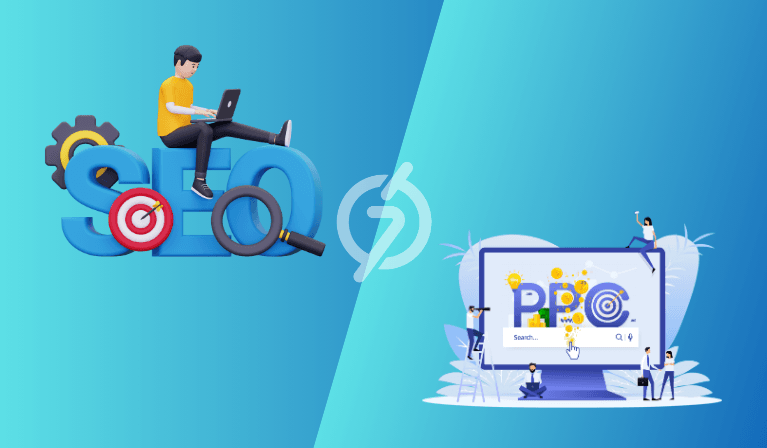
As a business, you usually want short-term reach and long-term brand establishment. Combining PPC and SEO can give you both.
PPC works on a short-term basis by delivering your ads to your audience. But since you pay for those ads, it’s only feasible to run them for a short while.
With PPC, it’s best to decide your target audience and keywords in advance according to your budget. Then, all you have to do is run them based on your objectives and shut them down when the objective is achieved.
But then, what are you going to do in the long term? How can you ensure that your audience doesn’t forget about you once your campaigns are turned off? This is where SEO comes in.
SEO (search engine optimization) is a long-term continuing strategy for businesses. Here, you focus on optimizing your content with relevant keywords and phrases that make you rank.
It further includes improving your website in terms of its loading speed, navigation, and user-friendliness to make it simple for search engines to index through it. You also try to build backlinks through high-authoritative sites.
However, the con is that the results are not immediate. It takes businesses months, or even years, to get to a point where their websites take the lead. So, if you want instant results, SEO won’t do much, and that is when you switch to PPC.
If you want to leverage both of them, you need to understand when to switch from one to another.
If your brand is particularly new or a new product launch is on the way, then utilizing PPC to create hype around it would be in your best interest. But once the hype and peak season dies down, it’s time for brand recall. This is where you write SEO-friendly blogs and optimize your website to make your business stay relevant.
Conclusion
Strategic advertising is the cornerstone that drives brand awareness, engagement, and conversions for your business. If you need direction and better chances at achieving your desired results, strategic advertising is what you turn to.
By leveraging impactful strategies like PPC advertising, social media advertising, influencer advertising, email advertising, and others, you can gain a definite edge in the market. Just make sure to keep your strategies flexible enough to adapt to the dynamic nature of the market whenever required.
Frequently Asked Questions (FAQs)
What is strategic advertising?
Ans. Strategic advertising involves long-term and short-term planning on the part of the business to carry out its advertising campaigns. It’s a roadmap that helps advertisers make suitable decisions for their business.
How can strategic advertising help my business?
Ans. Strategic advertising can help your business by optimizing your campaigns according to the current market to make it persevere.
What are the main advertising strategies?
Ans. PPC advertising, social media advertising, influencer advertising, and email advertising are the main advertising strategies you need to watch out for.
Which is the best advertising strategy to use in the short term?
Ans. PPC advertising is the best short-term advertising strategy that helps you target the audience you’re aiming for and generate desirable results.
What supports a great strategic advertising campaign?
Ans. SEO (search engine optimization), web designing, and building organic social media are great enhancers of all advertising campaigns.

